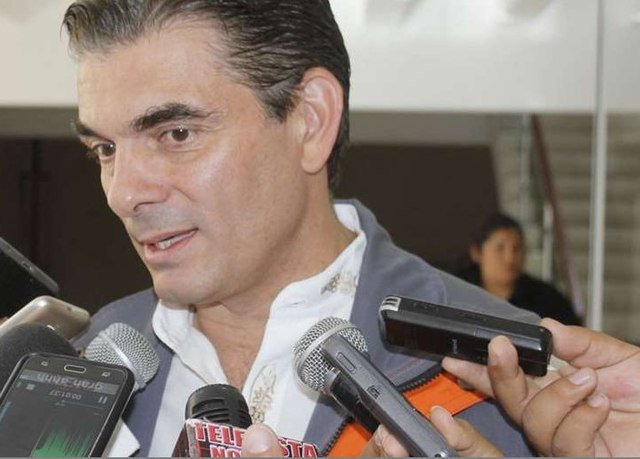Jallallabolivia, CC BY-SA 4.0, via Wikimedia Commons
In a day that marks a political milestone in Bolivia, Rodrigo Paz Pereira, of the Christian Democratic Party (PDC), was elected president after defeating former president Jorge "Tuto" Quiroga in the second round of elections with approximately 54.5% of the votes, compared to Quiroga's 45.5%.
Election and drastic turn in Bolivian politics
This Sunday's vote puts an end to almost two decades of left-wing governments led by the Movement Toward Socialism (MAS), which has dominated the Bolivian political scene since 2005.
The electoral process included the first presidential runoff in the country's recent history, following a first round in which no candidate met the requirement for outright victory.
Why did Paz win?
His speech focused on a model he calls "capitalism for all," combining incentives for the private sector with grassroots social programs.
He took advantage of widespread discontent in the face of a deep economic crisis: high inflation, shortages of dollars and fuel, and a lack of response from the previous government.
Paz managed to garner support beyond the traditional urban strongholds, winning in six of nine departments in the second round, demonstrating national reach.
Immediate challenges
The new administration faces major challenges from day one:
- Rebuilding the economy in the face of low international reserves.
- Guarantee the supply of fuel and basic food, promised by Paz as a priority.
- Navigating a Congress where his party lacks an absolute majority and must build alliances to pass reforms.
Rodrigo Paz will take office on November 8, 2025, beginning a term that opens a new political era in Bolivia.
From now on, the markets, the international community, and the Bolivian population will be attentive to the government's first moves.
For more stories like this, follow More Latin.
Sources:

